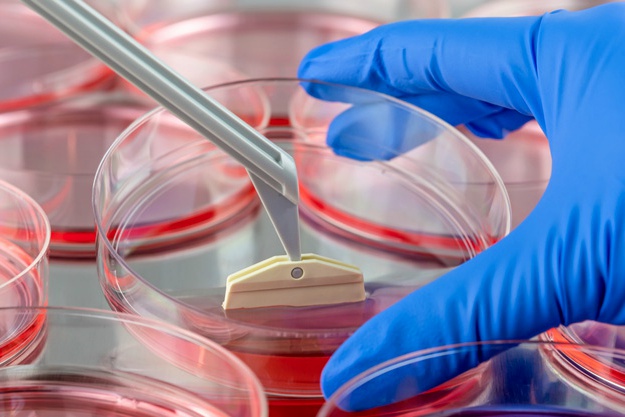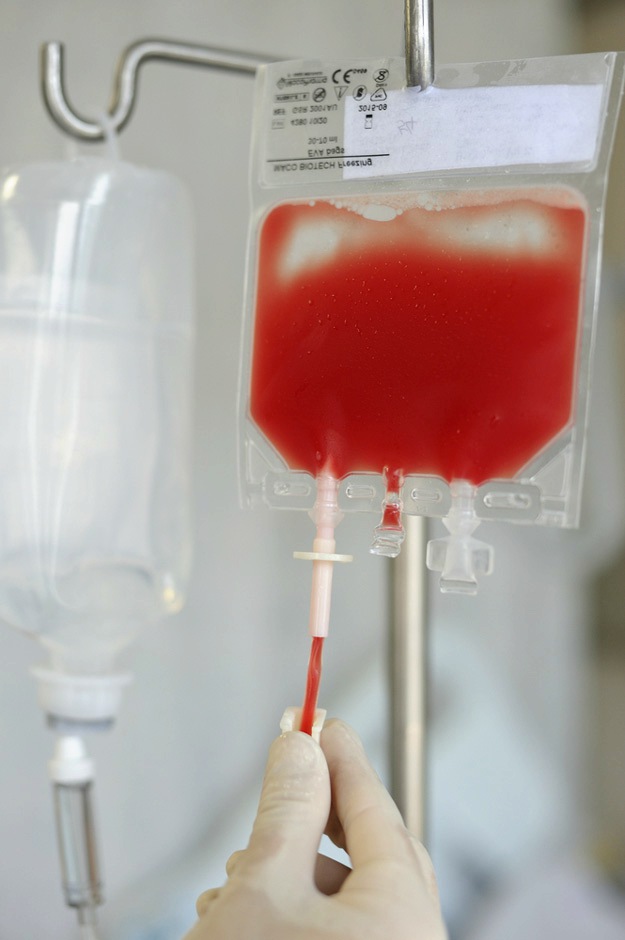|
|
In recent years, stem cell infusion has become a breakthrough technology. There have been multiple medical leaders citing regenerative medicine as the way of the future. Stem cells obviate our need to patch up the body or create stopgap measures for systems that don’t work. They instead promise to replace organs and tissues that no longer function, essentially rebuilding the body from the inside out. Naturally, science has not progressed to the point of spreading this technology across the globe. However, the growing availability and efficacy of stem cell infusion indicate this isn’t far off, either.
While stem cell therapy is useful in a huge range of medical conditions, this type of transplant most often assists with blood disorders and is limited to this application within the United States. However, the regulation of stem cell infusion varies from country to country, which has created a growing market for stem cell tourism.
For those curious about the process and what it might mean for them, it’s helpful to have an overview of the surrounding science, as well as stem cell infusion itself. You can find a comprehensive overview of what infusion does and how it works below.
What Stem Cell Infusion Can Bring To The Future Of Medicine
In this article:
- What Is Stem Cell Therapy?
- Stem Cell Infusion Versus Injection: Definitions
- Types of Stem Cell Transplant
- Stem Cell Preparation
- The Day of the Infusion
- Risks and Side Effects
- Growing Prevalence of Stem Cell Tourism
- Afterward: A Living Defense
What Is Stem Cell Therapy?

Stem cells are generalized cells in the body that have not yet differentiated into specialized cells. This gives them the ability to turn into cells that needed by the body. That’s important for healthy people but is especially critical in cases of a disease, such as where the patient stopped making a particular type of cell or is making the cells badly.
Take cancer, where the body manufactured unhealthy cells growing out of control. In many cases, physicians combat this through the time-tested combination of surgery, chemotherapy, and radiation. However, sometimes this leaves the body so weak that even with its cancer gone, it is unable to replace the lost cells. This is the case with leukemia and other maladies affecting blood and bone marrow.
Stem cell therapy also helps the body rebuild other tissues, responding to traumatic injury or non-cancerous ailments (think heart disease) where surgery and other methods cannot.
Stem Cell Infusion Versus Injection: Definitions
Physicians deliver this type of therapy in one of two ways, either through stem cell infusion or injection. The latter, as the name suggests, involves putting prepared stem cells into a needle and injecting them at the site of damage. Injections are often used in joint disorders to help rebuild cartilage, for instance.
The other approach is stem cell infusion, in which the patient receives prepared stem cells through an IV drip. The cells, therefore, go straight into the bloodstream, where they get to work repairing damaged blood cells or burrowing into bone marrow and repairing the tissue there. This treatment takes place in a hospital but often takes less than a day, after which the patient can go home.
Types of Stem Cell Transplant
There are two types of stem cell transplant: autologous and allogeneic.
In an autologous transplant, the patient uses their own cells. Physicians harvest them from the patient in a hospital, then the person goes home to wait for the preparation of the cells, which usually takes several weeks. The benefit of autologous transplants is patients do not usually react negatively to the transplanted cells, because they came from the patient’s body in the first place.
Allogeneic stem cell infusions, on the other hand, come from a donor. Often the donor is a family member, which leads to a more likely match in many cases. If there is no family donor available, a patient may search in a stem cell bank, where adults have donated their cells for medical use. They could also search in a cord bank, where parents have donated the cord blood from their infant’s umbilicus after birth.
The main problem with an allogeneic transplant is that the body may reject the donor cells as foreign, or worse, the donor cells may turn on the body, perceiving it as the invader. The latter is known as graft-versus-host disease, in which white blood cells in the donor infusion “weaponize” against the body and begin to attack it. In either case, reaction and sickness are often the results.
Stem Cell Preparation
Before stem cell infusion can take place, physicians must harvest the cells, prepare them, and send them to a lab for culturing. This takes place via an apheresis machine, which withdraws blood from a patient’s vein and sends it into the machine, which separates the blood cells and isolates the stem cells.
Once they have pure stem cells, physicians send them to a lab. There, scientists use them to culture stem cells, growing them until they have a great enough amount to infuse back into the patient. The lab process is the same whether the cells come from the patient or a donor.
After a high enough number is reached, the physicians combine stem cells with growth factors which direct their development inside the human body. That way, stem cells have all the ingredients they need to start manufacturing new cells and healing the affected area. Scientists don’t yet understand the mechanisms of this process fully, but it is usually very effective.
The Day of the Infusion

On the day of the infusion, the patient comes to the hospital. According to the National Institutes of Health Clinical Center, the patient will receive both Tylenol and Benadryl to prevent any reaction to the infusion, between half an hour and an hour before transplant. Once they take effect, the transplant can proceed.
First, doctors hook the patient up to an IV from which saline will flow throughout. A doctor or nurse will then add the stem cell infusion into the bag from which the drip flows, administering it slowly over the course of several hours while watching for a reaction. In many cases, the patient will receive multiple syringes or prepared bags over the course of the treatment.
During the transplant, the patient can engage in normal activities alone or with family members.
Patients may need only a single transplant session or multiple sessions. In some cases, where the body is very weak from previous treatments – chemotherapy or radiation, for instance – the patient may need to stay in the hospital for an extended period of time.
Risks and Side Effects
For the most part, the risks of stem cell infusions are minimal. However, because a number of risks do exist, it’s important to speak to a physician before deciding to embark on the treatment process. The main risks include:
- Reaction to DMSO, which is a preservative used in the manufacture and storage of stem cells, especially frozen ones. Usually, the reaction is minimal and preventable through simple OTC medications mentioned above. Symptoms include nausea, chills, chest tightness, rash, and flushing. Patients should tell doctors immediately if they experience any of these symptoms.
- Contamination from viruses, bacteria, or other pathogens or toxins. Any contamination can disrupt the body’s normal function or even cause disease upon flowing into the blood.
- Stem cells do have the capacity to grow out of control, just like cancer. It is not uncommon for cells injected or infused to start multiplying abnormally, leading to tumors or other unhealthy or even fatal growths.
- Infection at the IV injection site.
- Bleeding or anemia as a result of the infusion.
- The treatment does not work. In this case, the patient may not feel any worse for the wear, but the intended benefits of the transplant simply don’t take hold, and the patient is in the same position as before, which is disappointing and, in some cases, devastating.
However, despite their fearsome-sounding nature, these risks are rare. Patients who receive stem cell infusions often see a significant regression or complete healing from their disease after receiving the treatment.
Growing Prevalence of Stem Cell Tourism
Afterward: A Living Defense
Typically, patients heal relatively seamlessly from transplants. The most beneficial part of a stem cell infusion is that these stem cells continue to live in the bloodstream and police disease long into the future. Patients who receive transfusions typically don’t need to receive them again. They also produce more of the specific cells needed to keep the body healthy for life.
If you found this blog valuable, subscribe to BioInformant’s stem cell industry updates.





















Great post, as always. Keeping the public informed.
Wonderful & informative.